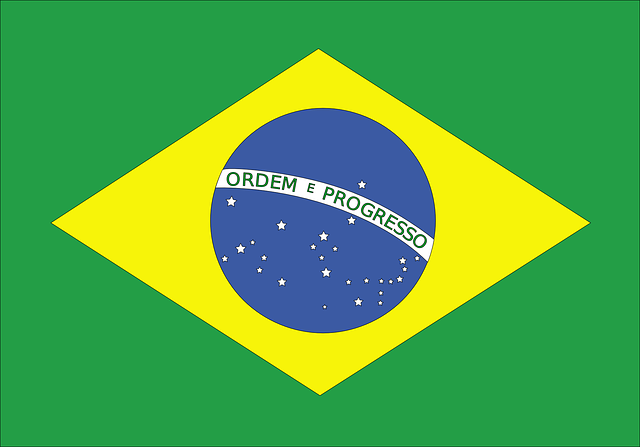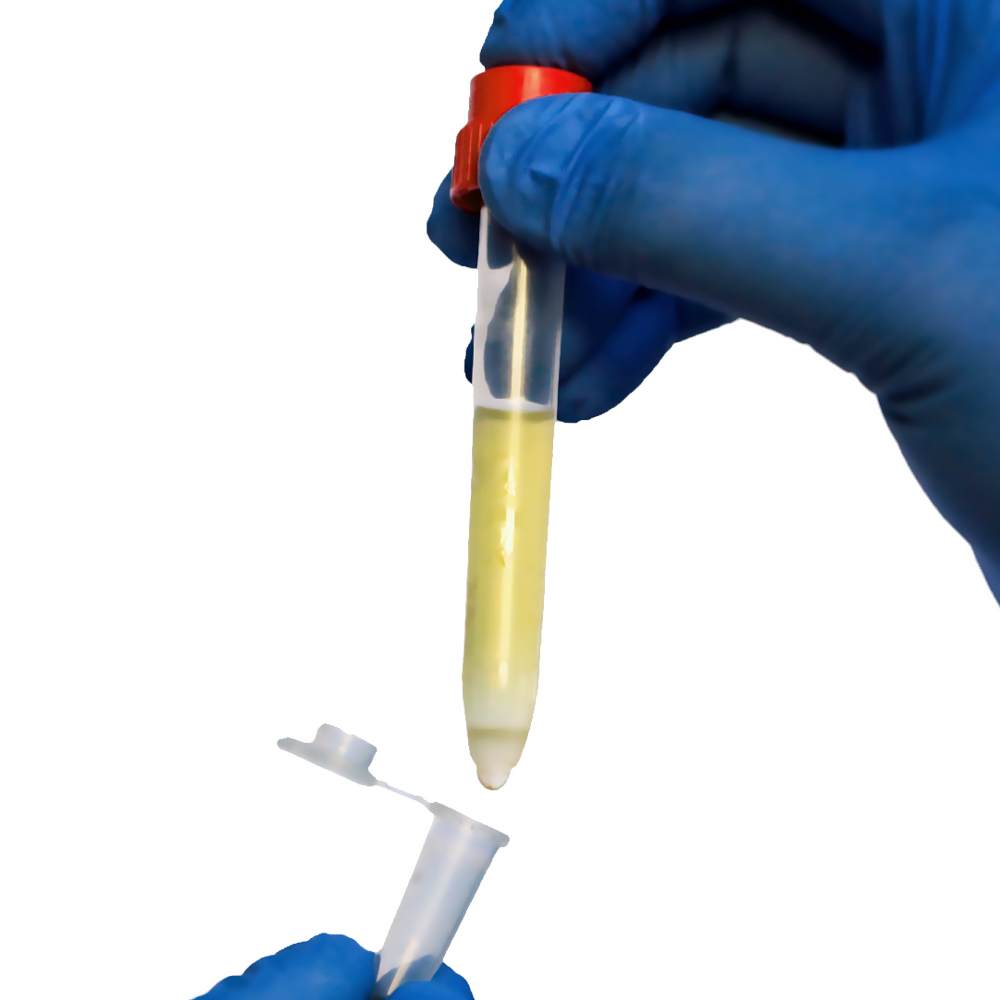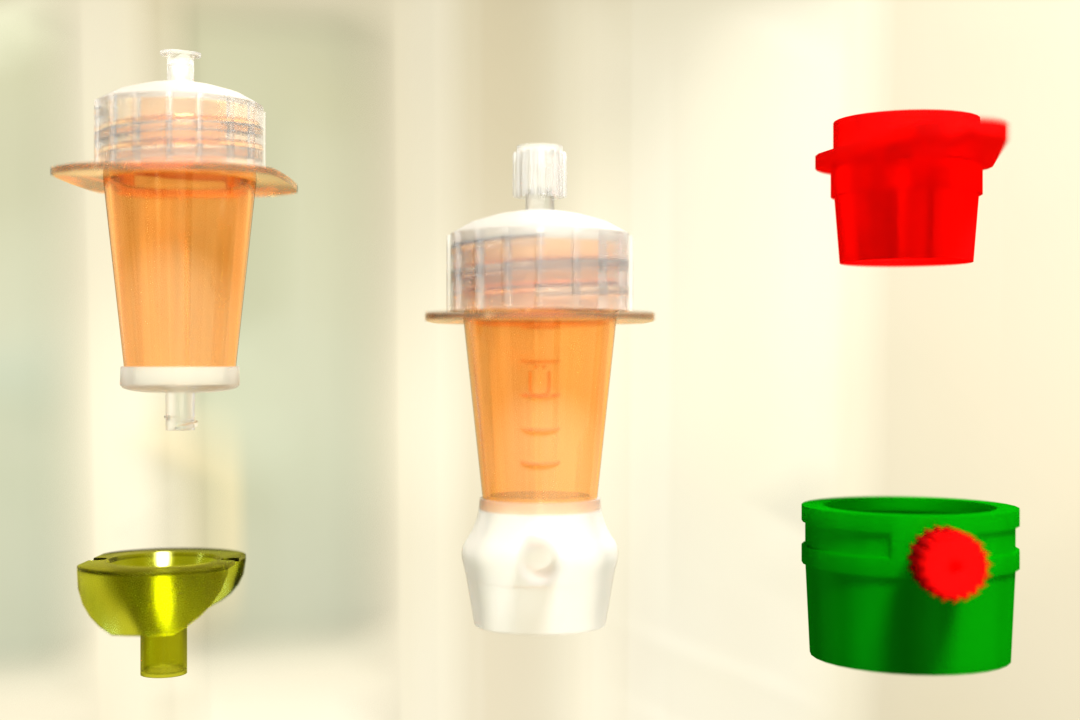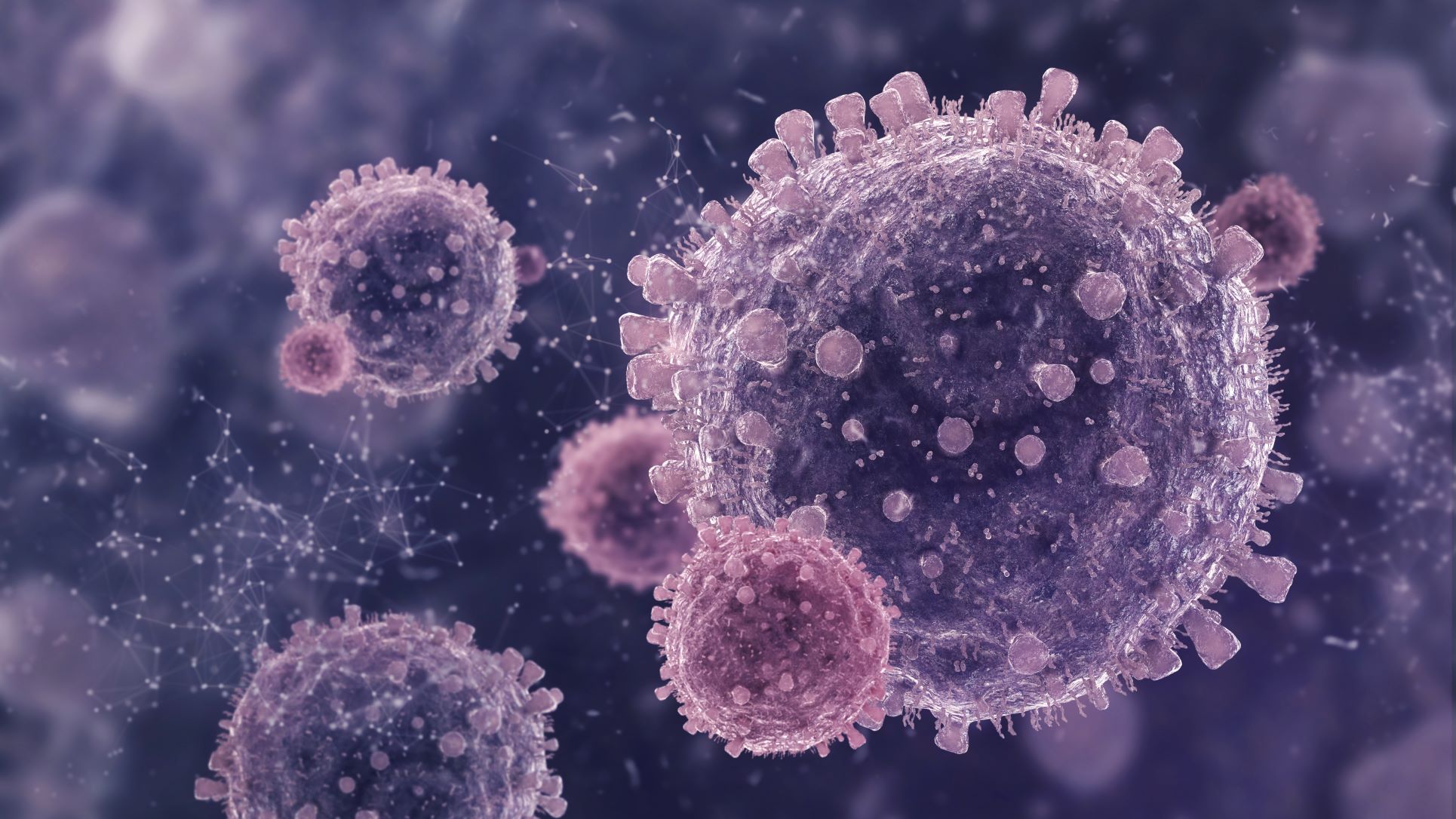The articles delve into two critical aspects of cellular research: the transformative technology of pluriMate and the essential technique of density gradient centrifugation.
In the dynamic realm of cellular research, where the pursuit of precision and accuracy defines innovative discoveries, achieving optimal cell enrichment stands as a critical and challenging objective. The journey to isolate specific cells from intricate mixtures demands sophisticated methodologies, pushing the boundaries of innovation in pursuit of scientific excellence. Amid this landscape of constant evolution, a transformative solution emerges – pluriMate. Representing an innovative advancement, pluriMate redefines conventional cell separation techniques with its unparalleled ability to achieve optimal separation of leukocytes and peripheral blood mononuclear cells (PBMC) from both whole blood and bone marrow.
At the core of pluriMate’s effectiveness is an innovative design marked by the thoughtful inclusion of a sponge at the bottom of the centrifuge tube. This new feature represents a significant change from the traditional way of using density gradient centrifugation, which used to be time-consuming and complex. As we explore the details of pluriMate, its unique design not only makes the process of separating cells simpler but also improves how well cell enrichment techniques works overall. This innovation is a clear sign of the commitment to excellence in cellular research, offering researchers a powerful tool to raise the quality of their work and bring in a new level of precision in how cells are separated.
Density Gradient Centrifugation: Separating Cellular Components with Precision
Density Gradient Centrifugation is a laboratory technique employed to separate particles, such as cells or organelles, based on their buoyant density in a solution. The principle behind this method is to create a density gradient within a centrifuge tube, where the density of the solution gradually increases from top to bottom. This gradient allows particles to migrate to their specific positions in the tube based on their own density.
In the context of cellular research, this technique is particularly valuable for isolating and purifying different cell types from complex mixtures, like whole blood. The process involves layering the sample on top of a pre-established density gradient medium, typically a solution containing sucrose or iodixanol. When subjected to centrifugation, the particles within the sample move through the gradient until they reach a point where their density matches that of the surrounding medium.
As the centrifuge rotates, the denser particles, such as cells or cell components, migrate to specific layers within the tube. Once the centrifugation is complete, distinct bands or layers of particles are visible, allowing for precise collection of the separated components. Density Gradient Centrifugation is a versatile and widely used method in biological and biochemical research, offering a non-destructive means of isolating particles based on their density without compromising their viability or functionality.
A Brief on pluriMate
At the heart of pluriMate’s effectiveness is the strategic utilization of density gradient centrifugation principle. Unlike conventional methods, pluriMate introduces a high-grade polyurethane porous barrier at the tube’s base, eliminating the need for meticulous layering of sample material. This innovation simplifies the process by allowing anticoagulated blood or bone marrow to be poured directly into the pluriMate tube. During centrifugation, the porous barrier prevents the mixture of sample material with the separation medium, ensuring optimal separation of leucocytes, lymphocytes, and PBMCs from unwanted erythrocytes and granulocytes based on their density. The result is a highly enriched cell population in the interphase above the separation medium.
Key Features Enhancing Efficiency
1. Simple Filling: The incorporation of the porous sponge eliminates the time-consuming and laborious task of overlaying the sample material over the density gradient medium.
2. Reduced Contamination Risk: The easy and straightforward filling process minimizes the risk of contamination, ensuring the purity of the enriched cell fraction.
3. Versatility in Sample Volumes: Regardless of whether large or small sample volumes are being processed, pluriMate® stands as a versatile solution, adaptable to diverse research needs.
4. Compatibility with Negative Cell Separation: pluriMate seamlessly integrates with other negative separation techniques, such as pluriSpin, providing researchers with a comprehensive toolkit for advanced cell enrichment.
Using pluriMate: A Step-by-Step Guide
To unlock the full potential of pluriMate and harness its benefits for optimal cell enrichment, following these simple yet crucial steps is essential:
1. Prepare the pluriMate Tube: Ensure that the recommended medium, blood sample, density gradient medium, and centrifuge are all at room temperature.
2. Centrifuge and Discard Supernatant: Centrifuge the pluriMate® tube briefly to eliminate any liquid above the barrier.
3. Fill Sample Material: Pour the sample material directly onto the sponge, reducing platelet contamination by adding pluriSpin PLT Depletion if desired.
4. Centrifuge: Subject the pluriMate tube to centrifugation, separating cells based on density. Adjust the centrifugation time based on the age of the blood sample.
5. Collect Cells: After centrifugation, carefully remove plasma, then collect the enriched cells in the white layer.
6. Wash and Reconstitute: Perform washing steps to ensure purity, reconstituting the pellet at the desired volume.
By following these steps, researchers can harness the full potential of pluriMate in achieving unparalleled cell enrichment while minimizing contamination and maximizing efficiency.
Elevating Research Standards with pluriMate
As we navigate the complexities of cellular research, tools like pluriMate emerge as game-changers, streamlining processes and enhancing the accuracy of results. With pluriMate, researchers gain a reliable ally in their pursuit of high-quality, enriched cell populations, paving the way for advancements in scientific inquiry and breakthrough discoveries. As we look to the future of cellular research, pluriMate stands as a beacon of innovation, guiding researchers toward precision and excellence in their endeavors.
 English
English French
French
 German
German
 Spanish
Spanish
 Belgium
Belgium
 Italian
Italian Brazil
Brazil Chinese Mandarin
Chinese Mandarin




